**SPOILERS** (Why haven’t you watched this movie yet)
Whether you’re Mel Gibson or Kevin Costner, it’s rough out there for a post-apocalyptic cowboy. And you know that little twinge of fear you feel, that tiny voice that says, ‘wow, Fury Road kind of reminds me of the I-5 in August?’ That’s not coming from nowhere. It was the 90s when the science came out to say that our actions as humans beings were causing the polar ice caps to melt, bringing you the watery hellscape of Kevin Costner’s bare chest Waterworld. The science is here now to tell us we are causing the drought in California. Post-apocalyptic parables provide an outlet for the political and cultural anxieties we feel as a result of our environmental crises. We aren’t explicitly told that overuse of the earth’s resources depletes the Citadel’s surrounding area to the point of barren desert, but the film’s ecological overtones are about as subtle as a sandstorm. (We are however shown that Immortan Joe hoards all of the natural resources that are left. Perhaps a callout to the outrage at Nestle’s CEO when he said water wasn’t a human right, but maybe also just a callout to the trouble with the idea of owning the earth or natural resources at all, holler at me capitalist patriarchy.)
The film opens in medias res – or should I say in medias dust. And that’s where we stay for the entire movie, languishing in (and by languishing in I mean tearing through on a war rig) the desert of a ruined world. The whole film takes place in the course of a few days, leaving no room for perspective (and only leaving room for adrenaline/machismo-fuelled action scenes). But that disquietingly comfortable sense of the instantaneous is fraught with the clenching stress of what amounts to one long car chase. We’re forced to live moment to moment, just like the War Boys’ live their entire short lives. There are some parallels to how we live today: when you live financial quarter to financial quarter, only thinking of the bottom line, sustainability is the last thing on your mind. The next thing you know, we’re out of water to sell, we’re out of oil to sell, and you’ve used up all your resources. The film portrays a society living in a used-up wasteland, still hung up on the same antiquated technologies and stubborn reliance on oil. A patriarchal existence that’s regressed to operating in an overt caste system that justifies itself in a redemption narrative. Men ripping through the dust in violent, lumbering machinery in the search for a resource so scarce the destruction required in its retrieval far outweighs the benefits of its use. Sound familiar?
[Burnt Orange Report]
The parallel I’m drawing: when we ran out of the oil that was easy to get to, we started drilling into the earth, subjecting the ground to violence and wasteful destruction to force any last dregs of dirty oil and buried gas at a huge and irreversible cost to the integrity of the earth’s crust. Mad Max shows us a similar mania to commit violence to the earth in a vain attempt to sustain the unsustainable.
Because everything within these characters’ reach is desiccated. To get to somewhere better, Max learns he must cross thousands of miles of desert, with no guarantee anything better remains. All that is left of this world is the masculine, hyped-up, car-chase-through-scorched-desert. Only the slightest hints of gentleness and green show up in the film, and even then mostly in dialogue. The only hope of something green lies in “the green place of many mothers,” but even that small oasis has been sickened into a poisonous swampland, beyond saving. None of the seed keeper’s seeds take. As Eve Ensler puts it in her interview about the movie with Time, “after you are raped, your body becomes … a landscape of terror.”
Here’s my take-away.
Melting icecaps, or drought-stricken California – chose your negative externality, but The Splendid Angharad (gif below) reminds us that we killed the world. And as much as I am all about dismantling (or bulldozing with a war rig, in Charlize Theron’s case) the patriarchy, we are too far gone in our various environmental crises for even a matriarchal society to allow us to let water flow as freely as the end scene of Fury Road implies.
There is danger in perpetuating the idea that we can undo the damage we’ve done. So ladies, leave your man at home, but don’t tear up your drought-tolerant landscaping just yet.
This article is focused on the environmental aspect of Mad Max: Fury Road, but there is a lot more to be said about this film, especially in terms of feminism. Bitch Magazine did a piece on The Eco-Feminism of Mad Max and it’s stunning. Here are my favorite pieces about this beacon of light disguised as a movie:
Jezebel – The New Mad Max Film Is So Feminist My Scrotum Killed Itself
DailyBeast – ‘Mad Max’: How Men’s Rights Activists Killed the World
Autostraddle – “Mad Max: Fury Road” Is The Kickass Feminist Action Movie We’ve Been Waiting For
Time – Vagina Monologues Writer Eve Ensler: How Mad Max: Fury Road Became a ‘Feminist Action Film’
Thanks for the images, starting at the end and going backwards:
[Magzneto’s Tumblr] * [Fishumffins’ Blogspot] * [Plain Flavoured English’s Tumblr] * [Olovs’ Tumblr]

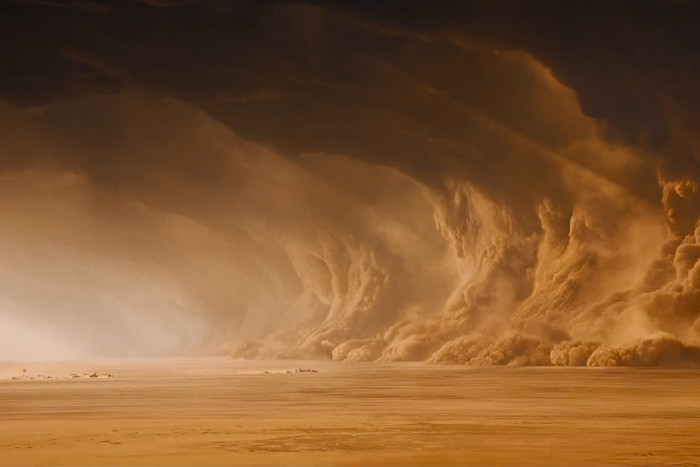
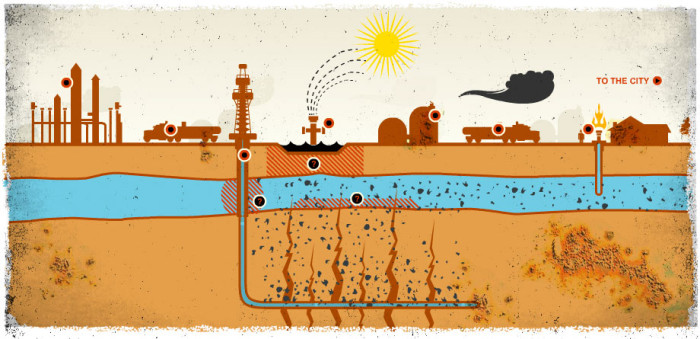
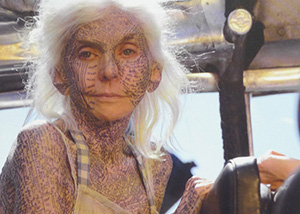
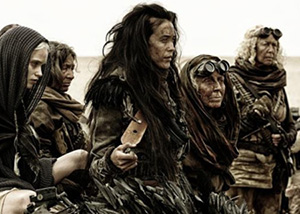
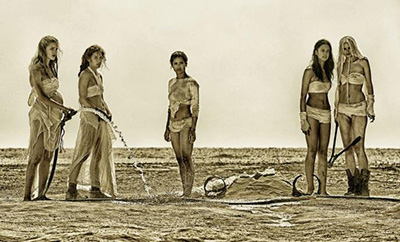

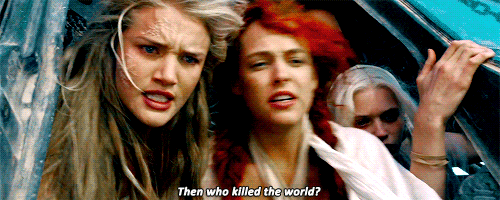

Leave a Reply